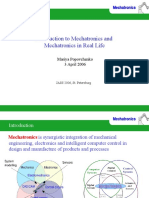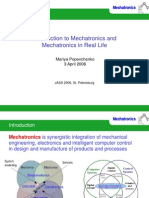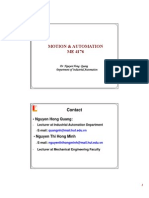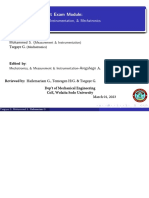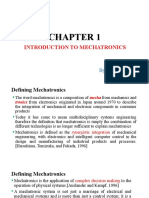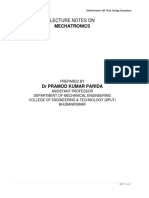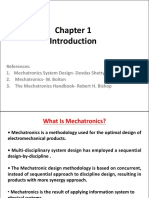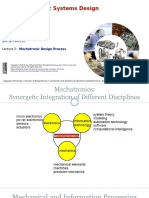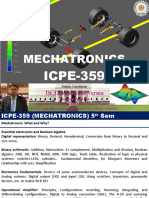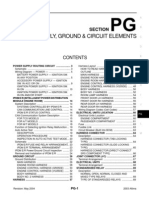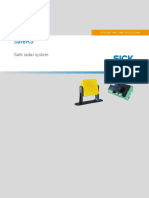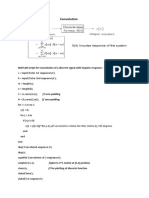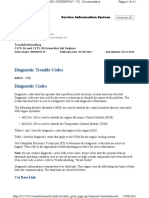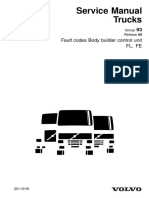0% found this document useful (0 votes)
18 views30 pagesLec.1 ENM4137introduction - Simulation
Uploaded by
adelashrafengCopyright
© © All Rights Reserved
We take content rights seriously. If you suspect this is your content, claim it here.
Available Formats
Download as PDF, TXT or read online on Scribd
0% found this document useful (0 votes)
18 views30 pagesLec.1 ENM4137introduction - Simulation
Uploaded by
adelashrafengCopyright
© © All Rights Reserved
We take content rights seriously. If you suspect this is your content, claim it here.
Available Formats
Download as PDF, TXT or read online on Scribd
/ 30













